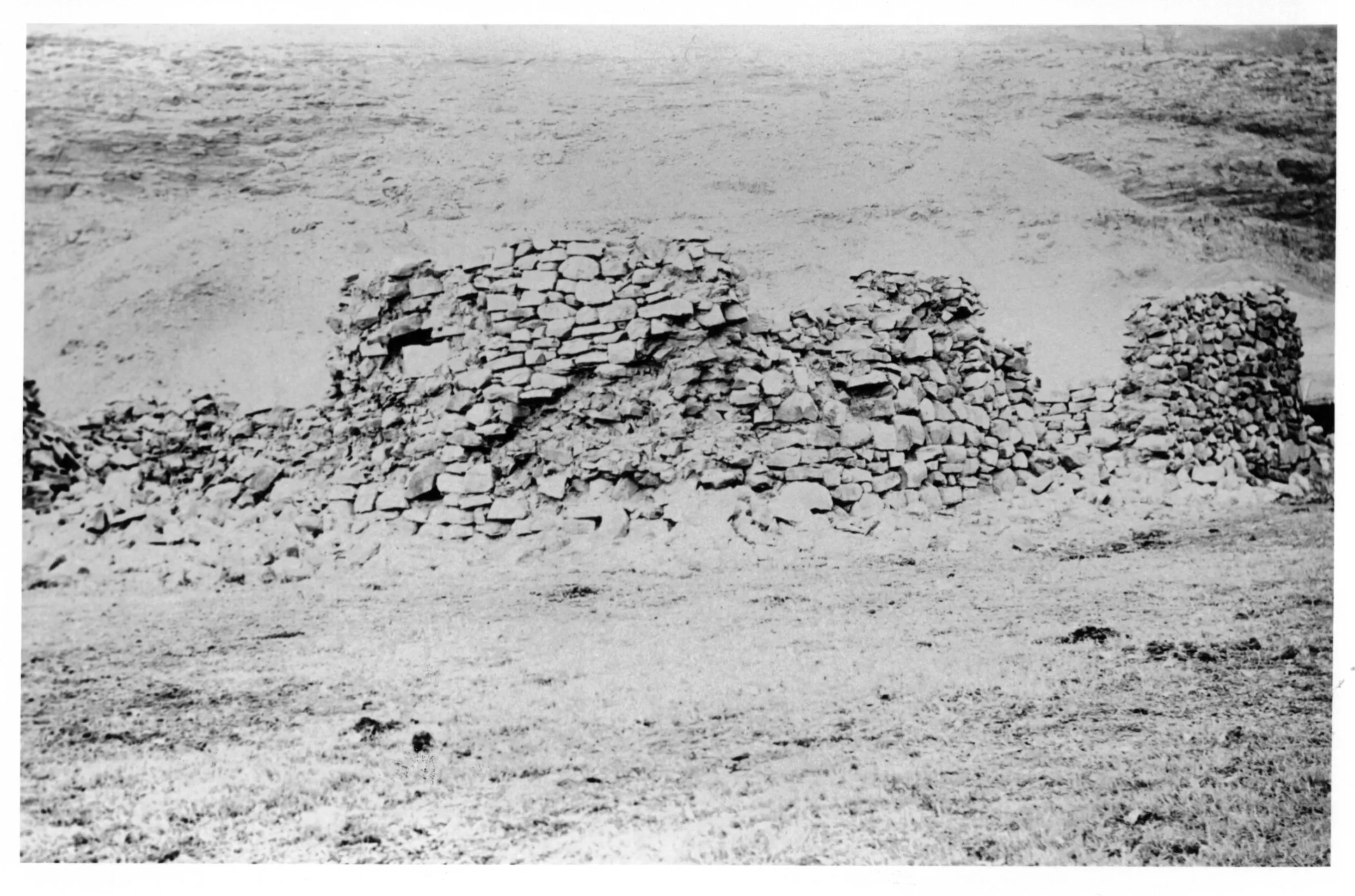Some information may be outdated.
For years, the Moab Museum has asked the question: Who was William Grandstaff, the Black frontiersman who once called Moab home in the 1870s?
“We have this idea of what a cowboy looks like, or what a frontiersman or pioneer or settler of this area looks like,” said Mary Langworthy, the museum’s community relations manager. “Grandstaff’s history really disrupts that in a way that I think is helpful for us to remember as we reassess our stories.”
The museum’s newest exhibit, which opened on Sept. 1, will display new information on and a cohesive timeline of Grandstaff’s life, with research compiled by genealogist Nick Sheedy and composer Gerald Elias.
“We’re hoping the exhibit makes Grandstaff’s story more visible and accessible,” Langworthy said. “Honestly, what we had in terms of research was a pile of really old documents—to represent his story another way is really exciting.”
The exhibit was challenging to put together because of the lack of artifacts, Langworthy said, and the holes in Grandstaff’s story. So the museum worked with what it had: connections between documents. The exhibit displays a timeline of Grandstaff’s life by drawing visual connections between documents with red and blue ribbons and explaining to visitors how museum staff and genealogists read between the lines.
The exhibit “very much highlights” racial injustices seen throughout history, Langworthy said.
“[Nick Sheedy]’s research points out that historical records for Black Americans are really scant,” she said. Before emancipation, Black Americans were treated as property—the earliest possible record of William Grandstaff is a record of people held in slavery by George Grandstaff, a white man in Virginia, which notes two Black boys aged 12 and 16. William Grandstaff was likely one of those boys.
Grandstaff’s life becomes harder to trace after that: a William “Dranstaff” appears in Ohio records in 1857 and ceases to appear in Ohio records by the late 1860s; by 1870, a W. “Granstaaff” or “Gransdorff” was listed in a Nebraska census.
Grandstaff arrived in Moab around the late 1870s, where he reportedly ran cattle in what is now Grandstaff Canyon, and left again in 1881. He then appeared to move to Colorado, marry, and pick up work as a miner. He died in 1901.

“We now have a lot more records than we ever hoped for—we have a hypothesis with more detail than we’ve ever had,” Langworthy said. “But still, it’s inevitably incomplete because America kept terrible records of people who were enslaved.”
Another piece of the exhibit puts Grandstaff’s life and race into more context: one in four cowboys in the American West were Black. Along with the timeline of Grandstaff’s life, the museum provides examples of further reading, like “Black Cowboys of the Old West” by Tricia Wagner and “The Compton Cowboys” by Walter Thompson-Hernández, and encourages visitors to think further about how Grandstaff’s story still has meaning today.
“I hope the exhibit is a reminder of resilience and persistence—that the ‘pull yourself up by the bootstraps, go West and make a life for yourself’ mentality wasn’t just white men,” Langworthy said.
The exhibit will be on display at the Moab Museum (118 E. Center St.) until early November.
Appreciate the coverage? Help keep local news alive.
Chip in to support the Moab Sun News.





